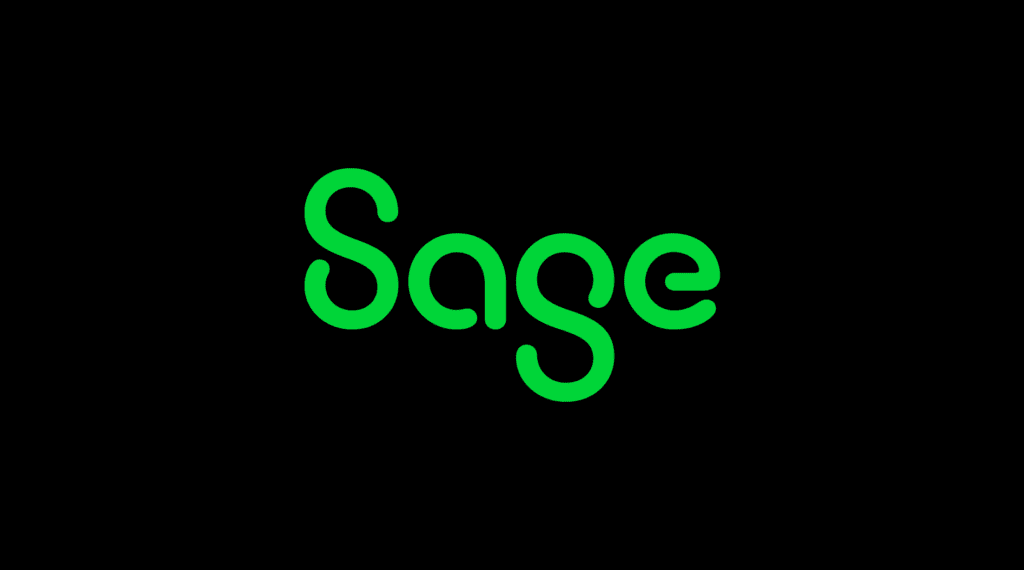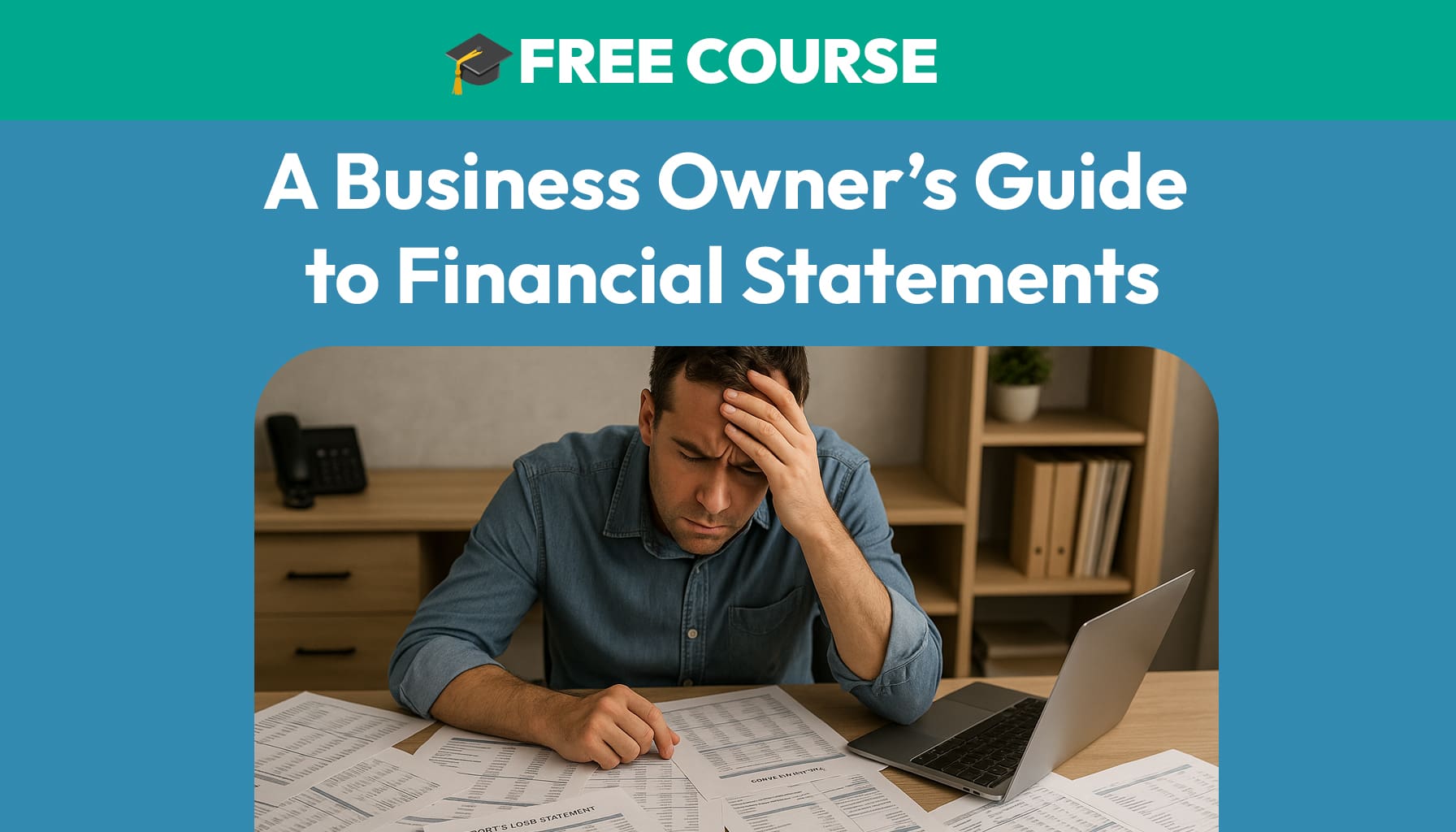Start Understanding Your Business Like an Accountant—Without Becoming One
This free 5-day course will give you the confidence to read your reports, understand your numbers, and make informed decisions—without calling your accountant. It’s short, practical, and designed for busy small business owners.
What You’ll Learn in This Course:
📊 Day 1: The 3 Financial Reports You Must Understand – Learn what the Profit & Loss, Balance Sheet, and Cash Flow Statement actually mean and how they work together.
💸 Day 2: Profit vs. Cash – Why They’re Not the Same – Understand why your profit doesn’t always match your bank balance—and how to track both correctly.
📋 Day 3: What’s Hiding in Your Balance Sheet – Decode your liabilities, assets, and equity—and what they say about your business’s financial health.
📈 Day 4: Spotting Trends in Your Reports – Learn how to compare months, detect patterns, and make smarter operational decisions.
🧠 Day 5: Make Smarter Business Decisions With Your Numbers – Use your reports to guide hiring, pricing, budgeting, and more—without needing an accountant.
Why Sign Up?
✔️ Get clarity – Finally understand the financial reports you’ve been ignoring.
✔️ Make better decisions – Learn how to use your numbers to drive growth and prevent mistakes.
✔️ Feel confident – No more second-guessing your financials or waiting on your bookkeeper.
✔️ Built for business owners – No accounting degree required, just plain English and practical steps.
Who is This For?
✅ Small business owners who want financial clarity
✅ Freelancers & solopreneurs managing their own finances
✅ Founders and operators who want better reporting without the fluff
✅ Anyone who uses accounting software but doesn’t fully understand their reports
Sign Up Now – It’s 100% Free!

Learn Financial Statements and Take Control of Your Business Finances
Running a business without understanding your financial statements is like flying a plane without instruments. You may be moving, but you don’t know whether you’re climbing or falling. Learning financial statements gives you the visibility to make smart, confident decisions and avoid costly mistakes. Even if you’re not an accountant, you can learn how to read and use your financial reports to drive growth, protect cash flow, and build a stronger business.
Why Learning Financial Statements Matters for Small Business Owners
Every small business produces financial data, but only the most informed business owners know how to interpret it. When you learn financial statements, you gain access to insights that help you understand what’s happening inside your business financially. You can identify trends, spot inefficiencies, evaluate performance, and plan ahead with more certainty. Financial literacy is no longer optional. It’s a core skill for modern business ownership.
What It Means to Learn Financial Statements
To learn financial statements means more than just knowing what a balance sheet or P&L looks like. It involves understanding how each report works, how they connect to each other, and how to use them as decision-making tools. You’ll learn what numbers to watch, how to detect red flags, and how to analyze financial performance based on data—not guesses. It’s not about becoming an accountant. It’s about becoming a smarter business owner.
The Three Financial Statements You Need to Understand
There are three primary financial statements that every business owner should learn: the profit and loss statement, the balance sheet, and the cash flow statement. These reports provide a full view of your financial health, and each one answers a different set of questions about your business.
Profit and Loss Statement
The profit and loss statement, also known as the income statement, shows your revenues, expenses, and profit or loss over a specific period of time. If you want to learn financial statements, this is usually the first one to study. It answers questions like: How much did I earn this month? What were my biggest costs? Am I profitable? Understanding how to read your P&L gives you the ability to manage costs, evaluate pricing, and assess whether your business model is working.
Balance Sheet
The balance sheet shows what your business owns, what it owes, and what’s left over for the owner. Assets, liabilities, and equity are the three key categories to understand. If your balance sheet shows more liabilities than assets, it’s a sign that your business might be financially unstable. Learning how to read a balance sheet helps you understand the financial position of your business at a single point in time. It reveals whether your business has enough resources to meet its obligations and whether it’s growing its equity over time.
Cash Flow Statement
The cash flow statement tracks how money moves in and out of your business. It breaks down your cash activity into three categories: operations, investing, and financing. Many businesses appear profitable on paper but still run into trouble because they don’t manage cash effectively. Learning financial statements means knowing how to monitor cash inflows and outflows, so you’re never caught off guard when it’s time to cover payroll, inventory, or rent.
How to Compare Statements Over Time
A single financial statement provides a snapshot. But reviewing your financial statements over time allows you to spot trends and anticipate changes. Learning how to compare monthly, quarterly, or yearly reports is an essential part of mastering financial analysis. You’ll see which months are most profitable, when expenses spike, and how your cash position evolves. This skill allows you to make informed plans instead of reacting to surprises.

Learn How Financial Statements Work Together
Each financial statement provides a different piece of the puzzle. The profit and loss statement explains whether you’re earning a profit, but it doesn’t show how much money you actually have. The cash flow statement shows how your bank account is affected by your operations, loans, and investments. The balance sheet shows the long-term impact of your financial decisions. Learning financial statements means understanding how they work together to give you a full view of your business.
Using Financial Statements to Make Smarter Decisions
Once you’ve learned to read financial statements, the next step is learning how to use them to run your business more effectively. Your profit and loss statement helps you set revenue goals and reduce wasteful spending. Your balance sheet helps you monitor debt and keep your business financially stable. Your cash flow statement helps you time your investments and prepare for slow seasons. When you learn how to use financial statements strategically, you make better decisions with less stress.
How to Improve Pricing and Margins
Many business owners underprice their services because they don’t know their true costs. Learning your financial statements helps you understand cost of goods sold, gross margin, and contribution margin. These insights let you set prices that cover your costs and generate sustainable profit. You’ll also be able to identify which services or products are the most profitable—and which ones are dragging your business down.
How to Prepare for Taxes
When tax season rolls around, your financial statements become essential. Learning how to read your reports makes it easier to complete year-end filings, prepare tax documentation, and ensure you’re taking advantage of every eligible deduction. If you learn financial statements now, you’ll save hours of paperwork and reduce the risk of errors later. Plus, you’ll be more confident when working with your accountant or tax preparer.
How to Increase Investor Confidence
If you ever need a business loan, credit line, or outside investment, you’ll be expected to present your financial statements. Lenders and investors want to see that you understand your own numbers. When you can speak confidently about your revenue, expenses, cash position, and liabilities, you build trust and credibility. Learning financial statements prepares you for those conversations and helps you secure the funding you need to grow.
Learn at Your Own Pace
If you’re just starting out, you don’t need to master everything overnight. Learning financial statements is a step-by-step process. Start with your profit and loss report. Then move on to your balance sheet. Once you’re comfortable, add the cash flow statement to your regular review. With each report you learn, you’ll gain more clarity, more control, and more confidence in your business decisions.











![Free Business Budget & Cash Flow Templates [Excel & Google Sheets]](https://www.glassjar.io/wp-content/uploads/2025/03/Business-Budget-Cash-Flow-Templates-Excel-Google-Sheets-.jpg)

